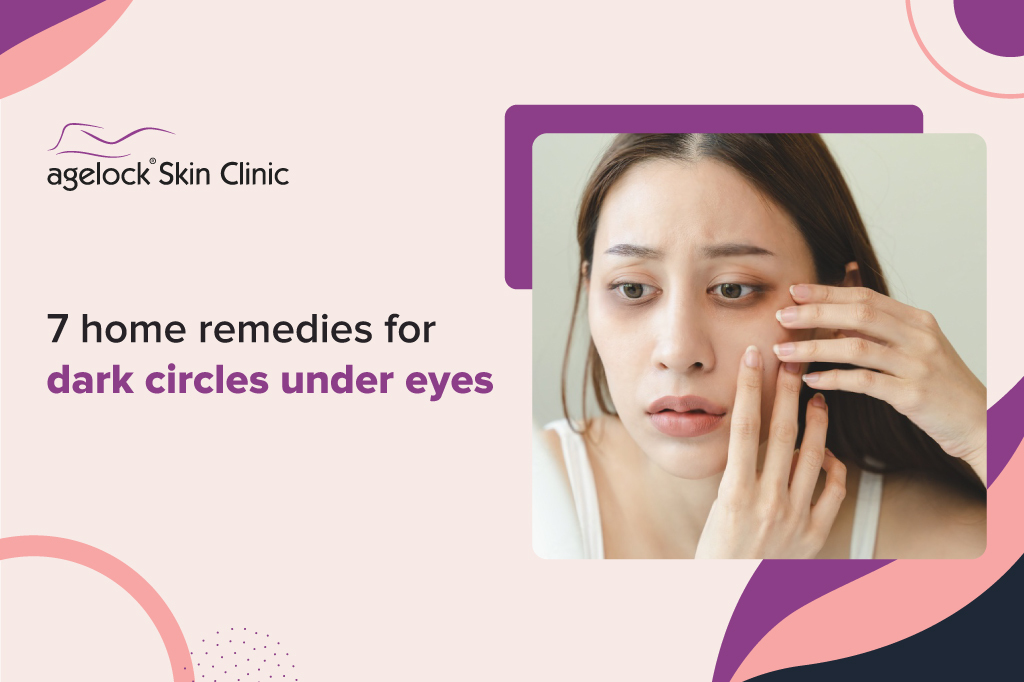Hyperpigmentation on the legs, such as dark spots or brown spots, can be distressing for many individuals, which also affects one’s self-confidence and makes them feel self-conscious. However, there are various treatments and solutions available to help combat hyperpigmentation and fade these dark spots. In this blog post, we will explore how to identify hyperpigmentation on legs, discuss effective treatments for dark spots, and provide tips on covering them up if desired.
Causes of Dark Spots On the Legs
1. sun exposure
One of the primary causes of hyperpigmentation in legs is sun exposure. Prolonged and unprotected exposure to the sun’s harmful UV rays can trigger an increase in melanin production, leading to dark spots on the skin. This is why it is essential to wear sunscreen and protective clothing when spending time outdoors.
2. post-inflammatory hyperpigmentation
Another cause of hyperpigmentation in the legs is post-inflammatory hyperpigmentation (PIH). This occurs as a result of skin inflammation or injury, such as acne breakouts, eczema flare-ups, or even shaving cuts. The body produces excess melanin in response to these injuries, resulting in dark patches on the legs.
3. Medical conditions
Certain medical conditions can also contribute to hyperpigmentation in the legs. Conditions such as melasma or hormonal imbalances can cause irregular pigmentation patterns. Additionally, diabetes and other circulatory disorders may affect blood flow to the legs, leading to discoloration.
4. Genetics
Genetics can play a role in determining an individual’s susceptibility to hyperpigmentation on their legs. Some people may be more prone to developing dark spots due to their genetic makeup.
While it is a common concern, understanding its causes can help in better managing and treating this condition.
Identifying Hyperpigmentation on the Legs
Dark spots on the legs are a common sign of hyperpigmentation. These spots appear darker than the surrounding skin due to an increase in melanin production. They can occur for various reasons, such as sun exposure, hormonal changes, post-inflammatory pigmentation (from acne or injuries), or genetic predisposition.
Treatment Options for Dark Spots
1. Topical Creams
One of the most popular treatment options for dark spots is using topical creams specifically formulated to reduce pigmentation. These creams often contain ingredients like hydroquinone, retinol, vitamin C, or kojic acid that help lighten and fade dark spots over time.
2. Chemical Peels
Another effective treatment option is undergoing chemical peels designed explicitly for treating hyperpigmented skin. These peels exfoliate the top layer of the skin and stimulate collagen production while targeting dark spots
3. Laser therapy
For those seeking long-lasting results, laser therapy may be an option worth considering under professional guidance. Laser treatments target pigmented areas and can help reduce the appearance of dark spots over time. It is essential to consult with a dermatologist or a licensed skin care professional to determine if this treatment is suitable for you.
4. Microdermabrasion
This non-invasive treatment involves gently exfoliating the skin using a particular device to remove dead skin cells and promote cell turnover, ultimately reducing hyperpigmentation.
Ways To Cover Up Dark Spots on Leg
There are several options available that can help minimize their appearance and give your legs a more even tone. It’s important to note that while these methods may provide temporary coverage, addressing the root cause and seeking professional advice is crucial to long-term improvement.
1. Moisturize
Keeping your skin hydrated is essential in maintaining healthy-looking legs. Applying a moisturizer regularly can help improve the overall appearance of dark spots over time. Look for moisturizers containing ingredients like vitamin C or niacinamide, known for their brightening properties.
2. Sun protection
Excessive sun exposure can worsen hyperpigmentation and make dark spots more prominent. It is vital to shield your legs from harmful UV rays by wearing sunscreen with a high SPF when spending time outdoors. Opt for physical sunscreens that contain zinc oxide or titanium dioxide for better protection.
3. Camouflage makeup
Camouflage makeup products such as concealers or leg makeup can provide temporary coverage for dark spots on the legs. Please choose a product that matches your skin tone and apply it evenly using a brush or sponge. Blend it well into your skin until achieving a natural finish.
4. Inclusive clothing choices
Consider wearing clothing styles that provide coverage and comfort while giving you confidence in concealing dark spots on your legs. Long skirts, maxi dresses, or trousers made from light fabrics can be great options to help you feel at ease in public settings.
Bottom Line
However, with the proper knowledge and treatment options at hand, you can effectively manage and reduce their appearance. Suppose dark spots on your legs persist long or are accompanied by other concerning symptoms. It’s advisable to consult with a healthcare professional who can evaluate your condition and provide appropriate guidance. Taking proactive steps towards achieving healthier-looking skin will not only help cover up dark spots but also improve overall skin health in the long run.









